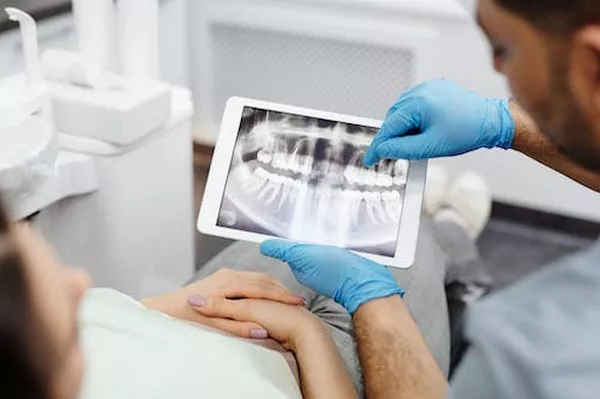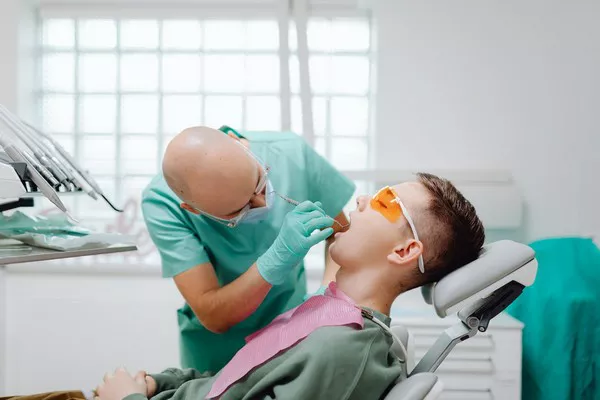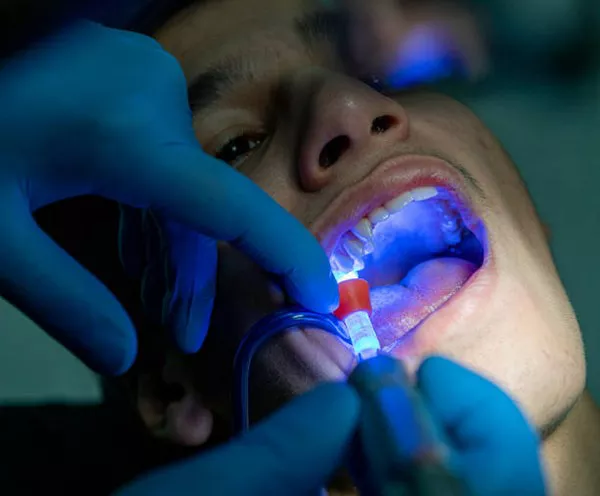There are many reasons for irregular teeth correction in children. The most common ones are premature extraction of deciduous teeth due to dental caries, delayed exchange of deciduous permanent teeth, additional tooth growth and some systemic diseases (such as rickets, jaw soft disease and malnutrition) and children’s bad habits (such as finger sucking, lip biting).
Infantile DENTITION NOT only affect face, more important is to affect masticatory function, bring about digest, ABSORB OBSTACLE.
Severe dental irregularities also affect breathing and pronunciation.
The best correction time should be grasped for children with dental malalignment.
The best treatment time should be around 12 years old when the second permanent molars start to erupt or have not yet erupted. If the patient has both malaligned teeth and abnormal jaw development, such as “Dibao tian”, early detection and early treatment should be performed. Generally, children can be treated at 4-5 years old.
Due to various factors caused by maxillary protrusion or mandibular retraction, the clinical manifestations of incisors facing outward, commonly known as “buck teeth”, most of the patients are caused by maxillary overdevelopment or mandibular underdevelopment, the best time for correction should be before the age of 12.
In the eruption of permanent teeth and the replacement of primary teeth, the appearance of temporary malocclusion can generally be adjusted in the growth and development, without the need for correction.
Maxillary left and right incisors erupt, and early gaps appear.
The tooth crown was tilted backward and distal during eruption.
At the initial stage of eruption, permanent incisors may be slightly crowded because they are larger than primary teeth.
The first permanent molars of the upper and lower mandible may have a cusp to cusp relationship in the early stage of denture establishment.
Early eruption of upper and lower permanent incisors may occur deep overbite of anterior teeth.



























